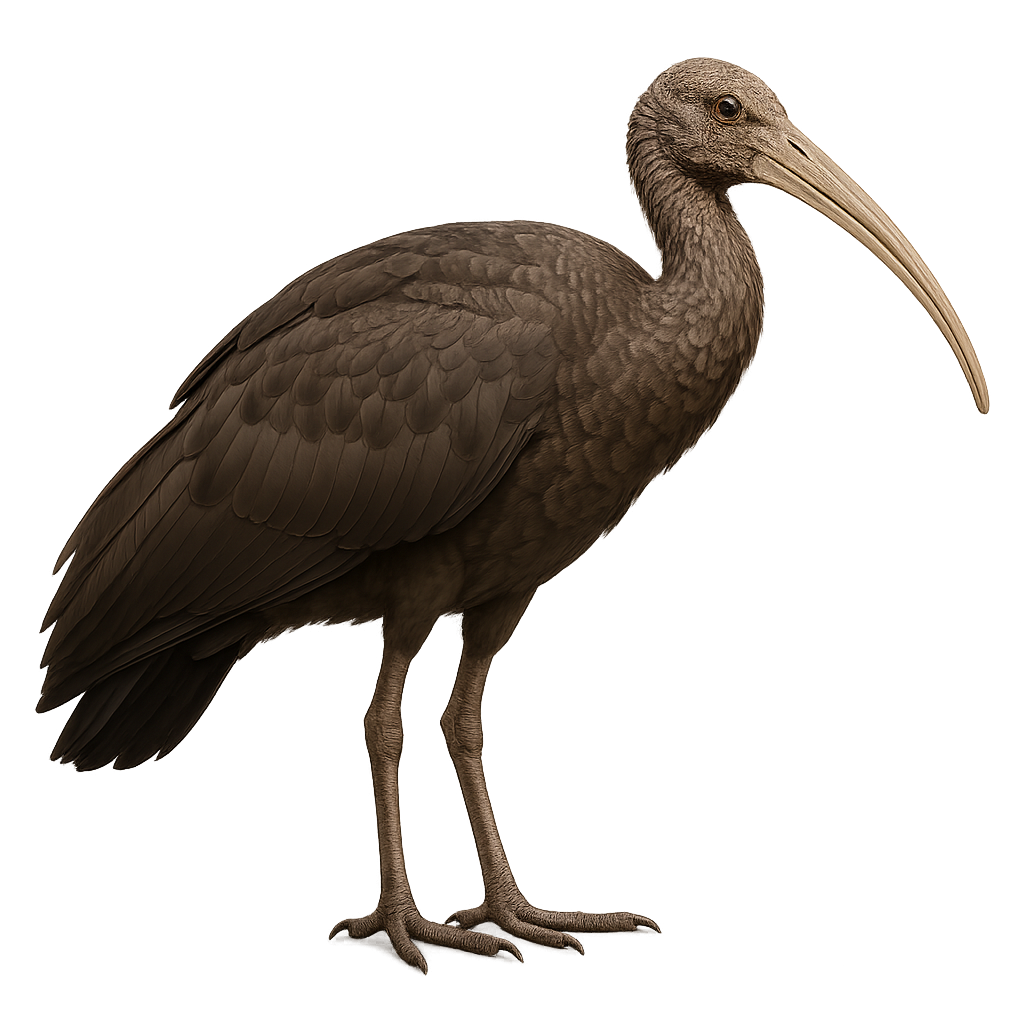Your wildlife photography guide.
Explore the giant ibis in detail, study its behavior, prepare your shots.
Where to observe and photograph the giant ibis in the wild
Learn where and when to spot the giant ibis in the wild, how to identify the species based on distinctive features, and what natural environments it inhabits. The WildlifePhotographer app offers tailored photography tips that reflect the giant ibis’s behavior, helping you capture better wildlife images. Explore the full species profile for key information including description, habitat, active periods, and approach techniques.
Giant Ibis
Scientific name: Pseudibis gigantea

IUCN Status: Critically Endangered
Family: THRESKIORNITHIDAE
Group: Birds
Sensitivity to human approach: Suspicious
Minimum approach distance: 20 m
Courtship display: December to January
Incubation: 27-29 jours
Hatchings: December to February
Habitat:
Dry forests, wetlands, floodplains
Activity period :
Primarily active during the day, with peak activity in the morning and late afternoon.
Identification and description:
The Giant Ibis, or Pseudibis gigantea, is a rare and majestic bird species primarily found in the dry forests and wetlands of Cambodia, Laos, and Vietnam. This impressive bird stands out due to its imposing size, reaching up to 106 cm in height, and its gray-brown plumage with metallic sheen. Its long, curved beak allows it to probe the mud in search of food, mainly consisting of insects, small reptiles, and amphibians. Unfortunately, the Giant Ibis is critically endangered, mainly due to habitat loss and hunting. Conservation efforts are underway to protect this iconic species and preserve its environment.
Recommended lens:
400mm – adjust based on distance, desired framing (portrait or habitat), and approach conditions.
Photography tips:
To photograph the Giant Ibis, it is advisable to use a 400mm or longer telephoto lens to capture detailed images from a distance without disturbing the bird. Look for wetlands or dry forests where the species is known to feed. Be patient and discreet, as the Giant Ibis is suspicious. The best times to observe it are early in the morning or late in the afternoon when the light is soft and flattering.
The WildlifePhotographer App is coming soon!
Be the first to explore the best nature spots, track rutting seasons, log your observations, and observe more wildlife.
Already 1 439 wildlife lovers subscribed worldwide

